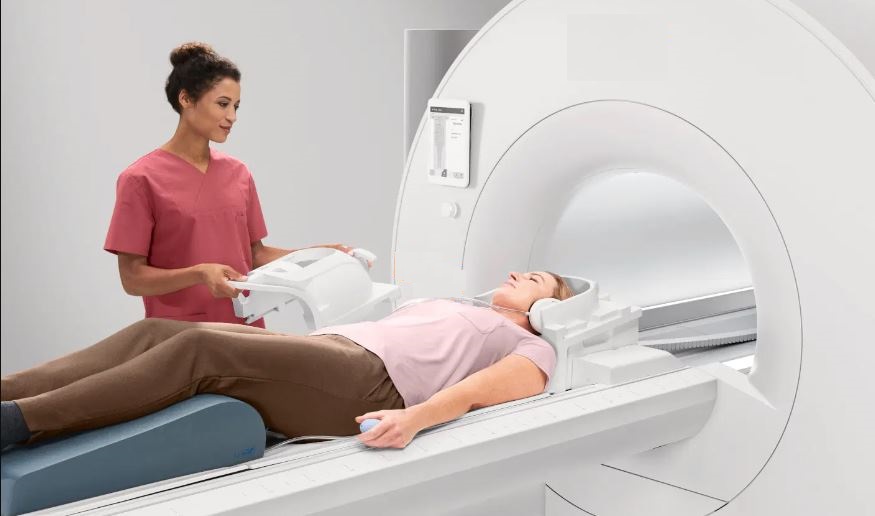2 January, 2025
Understanding Commercial Real Estate: Commercial real estate (CRE) has become a common part of the real estate market over the past few years. This is because the CRE encompasses properties used for business purposes rather than residential living. It includes many types of properties.
Do you learn about commercial real estate? If yes, read this article carefully. Here, we explore valuable information on commercial real estate, such as understanding commercial real estate, the types of commercial real estate, key factors influencing commercial real estate, etc.
It can be necessary to understand commercial real estate when breaking into it. Understanding CRE is a good decision to enter it. Here’s a breakdown of commercial real estate.
Commercial real estate (CRE) is a property that is used for income-generating purposes like industrial buildings, retail, office space, and other multi-family residential complexes. These CRE properties are widely used to generate income for an investor or business.
On the other hand, commercial real estate (CRE) refers to any property used for income-generating purposes, such as office buildings, retail spaces, hospitals, and more. These commercial properties are designed and utilized for business or commercial purposes. Start a search today to explore information about commercial real estate.
There are many types of commercial real estate. The most common types of commercial real estate.
Office buildings are the most common CRE designed for businesses. These properties come in multiple classes, such as Class A, Class B, and Class C. Class A buildings are the most in-demand properties in prime locations because they are associated with high-quality and premium amenities and features. Class B buildings are a step down from Class A buildings and offer good quality and value, while Class C buildings are older and do not offer good quality and value because they require significant upgrades.
Advertisement :
Retail properties are popular commercial real estate designed for income-generating purposes or business. Shopping centers, standalone stores, and strip malls are the top retail properties in commercial real estate. Consumer behavior and economic conditions heavily influence this sector. Modern retail properties, including neighborhood centers, power centers, community centers, and regional malls, have become the most popular commercial real estate for many real estate professionals.
Commercial real estate (CRE) includes industrial properties, which are designed for people looking for options in industrial properties to generate income. Warehouses, industrial parks, and distribution centers are the top industrial properties. These industrial properties are widely used for warehousing, manufacturing, and distribution. The supply chain and logistics industry make industrial properties vital in real estate.
Multifamily properties are good sources for professionals looking for options to generate income through real estate businesses. These are used for investment purposes like rental income. They include apartment complexes treated as commercial real estate when they have five units or more than five.
Multifamily properties offer investment opportunities through rental income and potential property value appreciation, making them ideal for real estate businesses.
Hospitality properties, including hotels, motels, and resorts, are other commercial real estate (CRE). These properties are good sources of investment for many people! These properties require a solid understanding of the tourism and travel industry.
This category covers hospitals, schools, or self-storage facilities. These properties are high-demand CRE designed for specific uses, such as schools, hospitals, or self-storage facilities. Investment in special-purpose properties requires an understanding of their unique nature for effective management and valuation.
Here are the key factors influencing commercial real estate (CRE).
Location is a critical factor when selecting commercial real estate for business. You might have seen that some commercial real estate investors purchase properties in prime locations because properties in prime locations can offer them a high valuation. In short, location is a factor that influences commercial real estate.
Economic conditions such as GDP growth, unemployment rates, and inflation influence business activity, and real estate demand is the broader economic environment that affects the commercial real estate market.
Market trends are the most common factors that affect the CRE market. For investors looking for options to generate income through the CRE, staying informed about market trends, such as transforming into remote work or e-commerce growth, is crucial. This is because market trends impact the demand for commercial real estate properties, especially in office space, retail properties, and industrial facilities.
Property condition is a factor influencing commercial real estate (CRE). We know that the physical condition of a property affects its value in the CRE market. Regular maintenance and property upgrades can maximize its value and rental income.
Tenant quality is another factor that affects the commercial real estate market. High-quality and stable tenants contribute to consistent rental income and the value of a property.
Regulatory environments like building codes, zoning laws, and property taxes affect commercial real estate investment.
These factors generally influence commercial real estate (CRE). Make an online search to know more!
Commercial real estate (CRE) is a property used for income-generating purposes. Stepping forward to the CRE can be daunting because it includes many factors. A solid understanding of commercial real estate, including location, economic conditions, market trends, etc., can be useful for people looking for CRE to generate income or set up real estate businesses.
There is no doubt that commercial real estate (CRE) is a diverse and dynamic field with many opportunities for investment and development. CRE is not just about offering options for seeking stable rental income or long-term appreciation. It is just about stepping forward to opportunities for investment and development.
This is just a guide to understanding commercial real estate. If you wish to learn more about commercial real estate (CRE), start a search today.

5 March, 2025

27 February, 2025

2 January, 2025